Grow Onions at Home: Your Guide to a Bountiful Harvest
Growing onions at home might seem daunting, but I’m here to tell you it’s easier than you think! This article is your passport to a world of fresh, flavorful onions, grown right in your backyard or even on your windowsill. Forget those bland, supermarket onions – prepare to experience the intense, satisfying taste of homegrown goodness. I’ll share my favorite Grow Onions at Home tricks and DIY solutions, transforming your gardening experience from frustrating to fulfilling.
The history of the onion is rich and fascinating, dating back thousands of years! Cultivated since ancient times, onions have held a significant place in various cultures, symbolizing everything from strength and protection to good health and prosperity. Now, you can tap into this ancient tradition and enjoy the rewards of growing your own.
Why Grow Your Own Onions?
Let’s be honest, there are several compelling reasons to embark on this rewarding journey of growing onions at home. Firstly, the flavor difference is astonishing! Homegrown onions possess a depth and complexity that store-bought onions simply can’t match. Secondly, you’ll have a consistent supply of fresh, organic onions throughout the growing season, saving you money and reducing your reliance on potentially less-than-ideal supermarket produce. Finally, there’s a profound satisfaction in nurturing a plant from seed to harvest, a connection to nature that’s both rewarding and therapeutic.
So, are you ready to roll up your sleeves and discover the secrets to a successful onion harvest? Let’s get started!
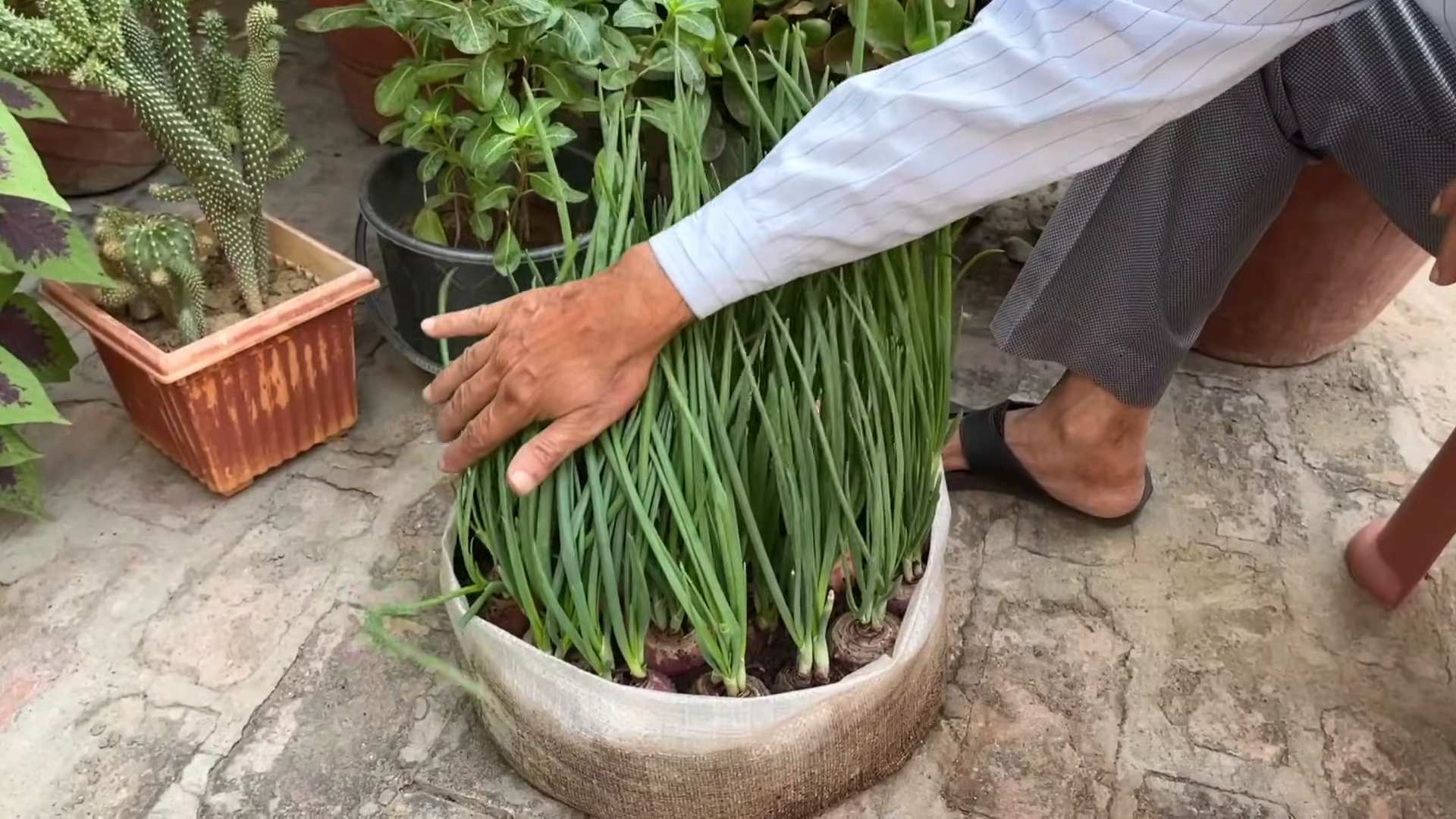
Growing Onions from Seed: A Complete Guide
I love the taste of fresh onions, and nothing beats the satisfaction of growing your own. This guide will walk you through the entire process, from seed to harvest. Let’s get started!
Choosing Your Onion Variety and Getting Started
- Select your onion type: There are many onion varieties, each with its own characteristics. Yellow onions are the most common, offering a good balance of flavor and storage life. Red onions have a sharper, more pungent taste, while white onions are milder. Consider your preferences and the climate when making your choice. Short-day onions are best for warmer climates, while long-day onions thrive in cooler areas. Check seed packets for specific requirements.
- Source your seeds: You can purchase onion seeds online, at garden centers, or even save seeds from your own onions (though this can be tricky for hybrids). Look for reputable suppliers to ensure high-quality seeds.
- Choose your growing method: You can start onions from seed indoors or directly sow them outdoors. Starting indoors gives you a head start, especially in colder climates, but requires more upfront effort. Direct sowing is simpler but may result in a later harvest.
- Gather your supplies: You’ll need onion seeds, seed starting mix (if starting indoors), small pots or seed trays (if starting indoors), gardening gloves, a trowel or small hand shovel, and a watering can.
Starting Onions Indoors (Optional)
- Prepare your seed starting mix: Fill your small pots or seed trays with a well-draining seed starting mix. Don’t pack it down too tightly.
- Sow the seeds: Sow the onion seeds about 1/4 inch deep and 1 inch apart. Gently cover the seeds with the seed starting mix.
- Water gently: Water the seeds thoroughly but gently, avoiding washing them away. Use a watering can with a fine rose to avoid disturbing the soil.
- Provide warmth and light: Place the pots in a warm location (around 70-75°F) with plenty of sunlight. You may need to supplement with grow lights, especially during winter months, to ensure at least 12-14 hours of light per day.
- Maintain moisture: Keep the soil consistently moist but not soggy. Allow the top inch of soil to dry slightly between waterings.
- Thin seedlings: Once the seedlings have developed their first true leaves (the leaves that appear after the cotyledons), thin them out to one seedling per pot or to 2-3 inches apart in a tray. This prevents overcrowding and promotes stronger growth.
- Harden off seedlings: Before transplanting outdoors, gradually acclimate your seedlings to outdoor conditions. Over a period of 7-10 days, gradually increase their exposure to sunlight and wind. Start with a few hours a day and gradually increase the time until they can tolerate full sun and wind.
Planting Onions Outdoors
- Prepare the soil: Onions prefer well-drained, fertile soil with a slightly acidic pH (6.0-6.8). Amend heavy clay soils with compost or other organic matter to improve drainage. Loosen the soil to a depth of about 12 inches.
- Choose a sunny location: Onions need at least 6-8 hours of sunlight per day. Select a location that receives full sun.
- Plant the seedlings or seeds: If starting from seeds directly outdoors, sow them about 1/4 inch deep and 1-2 inches apart. If transplanting seedlings, space them 4-6 inches apart for smaller varieties and 6-8 inches apart for larger varieties. The spacing will depend on the mature size of the onion variety you chose.
- Water thoroughly: Water the newly planted onions deeply to settle the soil around the roots.
- Mulch (optional): Applying a layer of mulch, such as straw or shredded leaves, can help retain moisture, suppress weeds, and regulate soil temperature.
Caring for Your Onions
- Water regularly: Keep the soil consistently moist, especially during dry periods. Avoid overwatering, which can lead to root rot.
- Weed regularly: Remove weeds promptly to prevent them from competing with your onions for nutrients and water.
- Fertilize (optional): A balanced fertilizer can promote vigorous growth, but it’s not always necessary, especially if you’ve amended the soil with compost. Follow the fertilizer instructions carefully.
- Monitor for pests and diseases: Regularly inspect your onions for signs of pests or diseases. Address any problems promptly to prevent widespread damage. Common onion pests include onion thrips and aphids. Diseases like downy mildew can also affect onions.
Harvesting Your Onions
- Harvesting time: The harvesting time depends on the onion variety and the growing season. Generally, onions are ready for harvest when the tops begin to fall over and turn brown. This usually happens 3-4 months after planting from seed.
- Harvesting method: Gently loosen the soil around the onions with a trowel or garden fork. Lift the onions carefully, avoiding damaging the bulbs.
- Curing the onions: After harvesting, allow the onions to cure in a well-ventilated, dry place for 2-3 weeks. This allows the outer layers to dry and helps prevent spoilage. Spread the onions in a single layer in a cool, dry, and well-ventilated area. Avoid direct sunlight.
- Storing the onions: Once cured, store the onions in a cool, dry, and dark place. Braiding onions is a traditional method of storage, but you can also store them in mesh bags or crates.
Troubleshooting
Yellowing Leaves:
This could indicate nutrient deficiency, overwatering, or pest infestation. Check your watering habits, soil conditions, and look for pests.
Small Bulbs:
This could be due to overcrowding, insufficient sunlight, or poor soil conditions. Ensure proper spacing and adequate sunlight.
Bulb Rot:
This is often caused by overwatering or poor drainage. Improve soil drainage and avoid overwatering.
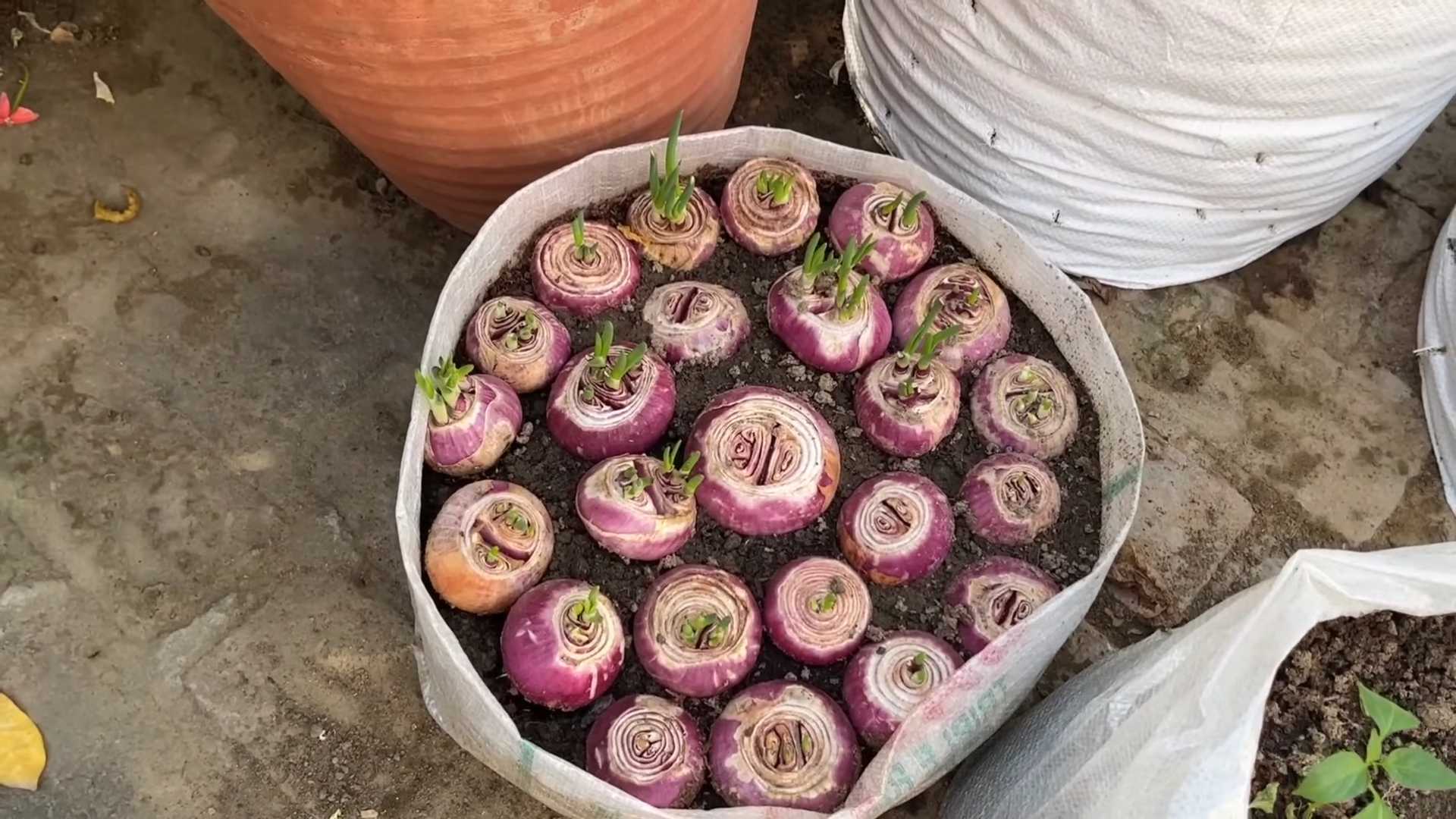
Conclusion
Growing your own onions at home is a surprisingly rewarding experience, far exceeding the simple satisfaction of harvesting your own food. This DIY trick offers a level of freshness and flavor unmatched by store-bought onions, allowing you to savor the vibrant, pungent taste of truly homegrown produce. You’ll be amazed by the cost savings, too! By starting from seed or sets, you’ll bypass the often inflated prices of supermarkets, significantly reducing your grocery bill over time. Beyond the financial benefits, the process itself is incredibly educational and engaging, particularly for families with children. It’s a fantastic opportunity to connect with nature, learn about the life cycle of plants, and foster a deeper appreciation for where our food comes from. This simple yet effective method of growing onions at home is a must-try for anyone, regardless of their gardening experience. It’s a testament to the fact that even the smallest space can yield delicious and healthy results.
Don’t be afraid to experiment and adapt this method to your own circumstances. For those with limited space, consider growing onions in containers on a balcony or patio. Experiment with different onion varieties – from the classic yellow onion to the sweet Vidalia or pungent red onion – to discover your personal favorites. You can even try growing different types simultaneously to compare their growth rates and flavors. For a truly unique experience, consider incorporating companion planting techniques, such as planting onions alongside carrots or rosemary, to enhance growth and deter pests. The possibilities are endless!
We strongly encourage you to try this simple and effective method of growing onions at home. It’s a rewarding journey from seed to harvest, offering a delicious reward for your efforts. Share your experiences with us! Post pictures of your thriving onion plants and your delicious homegrown onion creations on social media using #GrowOnionsAtHome. Let’s create a vibrant community of home gardeners, sharing tips, tricks, and the joy of harvesting our own delicious onions. We can’t wait to see your success stories! Remember, even a small patch of earth can yield a bountiful harvest, bringing the freshness and flavor of homegrown onions to your table.
Frequently Asked Questions
Q: What is the best time of year to plant onions?
The ideal time to plant onions depends on your climate. In most regions, it’s best to plant onion seeds or sets in the early spring or fall. Spring planting allows for a longer growing season, while fall planting allows the onions to establish roots before winter, resulting in a larger harvest the following year. Always check your local frost dates to avoid planting too early and risking frost damage.
Q: How much sunlight do onions need?
Onions thrive in full sun, meaning at least six to eight hours of direct sunlight per day. Choose a location in your garden that receives ample sunlight throughout the day. If you’re growing onions in containers, ensure they are placed in a sunny spot.
Q: What type of soil is best for growing onions?
Onions prefer well-drained, loose soil that is rich in organic matter. Amend heavy clay soils with compost or other organic materials to improve drainage and aeration. Avoid planting onions in poorly drained soil, as this can lead to root rot.
Q: How often should I water my onions?
Consistent watering is crucial for healthy onion growth. Aim to keep the soil consistently moist but not waterlogged. Water deeply and less frequently rather than shallowly and often. The frequency of watering will depend on your climate and soil type. During dry spells, you may need to water more frequently.
Q: How do I know when my onions are ready to harvest?
Onions are typically ready for harvest when the tops begin to yellow and fall over. Gently pull up a few onions to check their size and maturity. If the bulbs are firm and fully developed, they are ready to harvest. Allow the harvested onions to cure in a dry, well-ventilated area for a few weeks before storing.
Q: What are some common problems when growing onions and how can I solve them?
Common problems include pests like onion flies and diseases like downy mildew. For pest control, consider using companion planting (e.g., planting marigolds nearby), or using organic pest control methods. For diseases, ensure good air circulation and avoid overhead watering. Rotating your crops annually can also help prevent disease buildup in the soil. Early detection and prompt action are key to managing these issues effectively.
Q: Can I grow onions from scraps?
While you can try growing onions from scraps (the root end), it’s not always reliable. It’s much more successful to start from seeds or sets for a higher yield and more consistent results. However, experimenting with onion scraps can be a fun way to learn about plant propagation.
Q: What are the benefits of growing my own onions compared to buying them from the store?
Growing your own onions offers several advantages: unparalleled freshness and flavor, significant cost savings over time, a deeper connection to your food source, and a rewarding gardening experience. You’ll also have the satisfaction of knowing exactly how your onions were grown, without the use of pesticides or other chemicals.

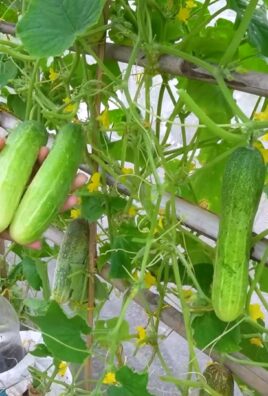
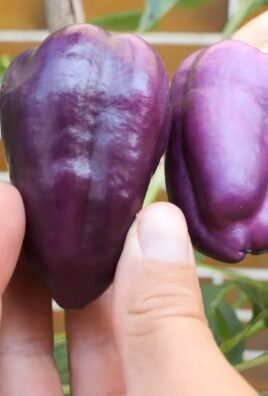
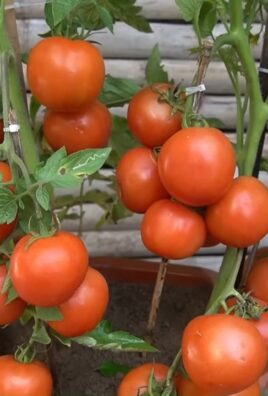
Leave a Comment